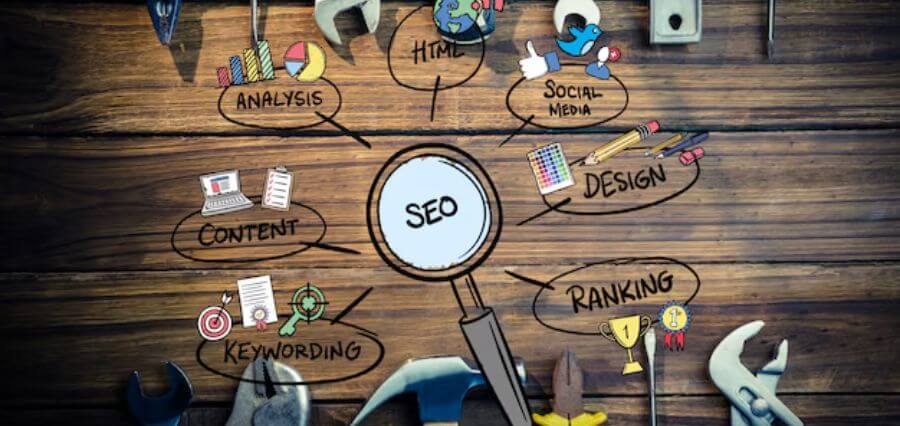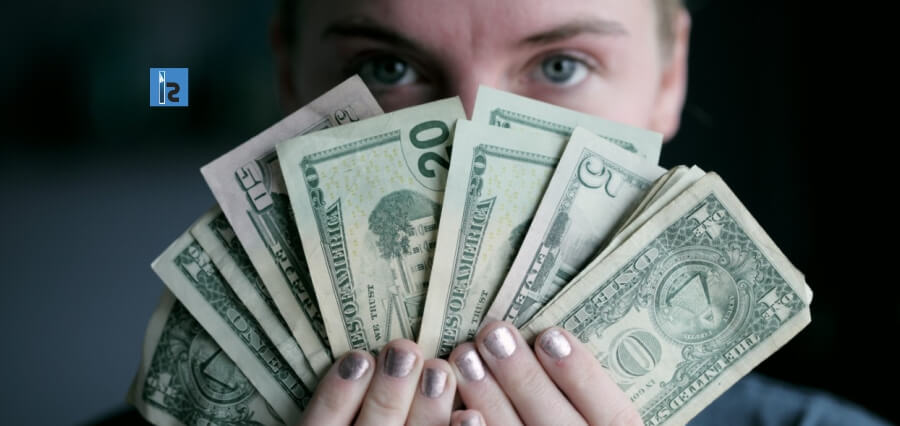Since the start of 2020, COVID-19 the global pandemic became one of the most defining events of the year, having implications that might eventually last more than a decade. With a completely changed situation, restaurants, bars, movie theatre, pubs, mall, gyms around the world has closed their doors.
Basically, people are now understanding the realities of the planet and its interconnectivity, and much difficult it is to separate those connections to others. So, one can easily say, we are living in unprecedented times, which can eventually change the way we used to live prior to this pandemic.
Now coming to the topic of isolation and people’s behavioral changes when it comes to shopping. Thanks to the uncertainty, people around the globe is in a panic mode right now and from things like online shopping and bulk buying, people are changing their priorities, what they are buying and how they are buying.
With Lockdowns in cities around the planet, nonessential businesses have been asked to close and people are avoiding public places. So, brands are adapting to the changing mantra of “essential is the new normal” and they are trying to be flexible enough to meet the changing formula.
With new studies, experts have found COVID-19 can survive from three hours to three days depending on the surface they are on, which raises the questions about the safety of online shopping. However, it is very much unlikely that, the virus will survive on the purchased item, from the day it has been packed, till the day the customer receives it. CDC also believes, “There is likely very low risk of spread from products or packaging that are shipped over a period of days or weeks at ambient temperatures.” However, CDC’s statement refers to those packages that are in shipment at-least for several days and if those haven’t come into contact with any sources of contamination after packing.
As people around the globe have embraced social distancing in order to slow down the spread of the pandemic, normal brick and mortar shops have seen a significant drop in their business revenue. So, there should be a growing demand for online shopping. Right?
Uhh!! Not entirely. Ecommerce sales are not higher across the board. However, some of the industries including groceries or subscriptions services have seen a significant jump in their business.
Online Grocery: The demand of online groceries soared after people realized that, the goods they needed aren’t available offline. So, people started to order groceries online, which helped them to get their groceries without even compromising social distancing.
Subscription Services: When other ecommerce sales haven’t seen any significant rise, as you might expect, there’s an exception. Subscription services have seen sky rocketing demands in recent times in revenue and conversion.
Digital Streaming: Social distancing is boring! Yes! I can feel that too. And it comes as no surprise that various digital streaming services like Netflix, Prime Videos and others are gaining substantial number of subscribers.
Health and Safety: We all have witnessed the unavailability of hand sanitizers, masks, gloves, etc. in the offline market. So, most us have moved online to get our stuffs, which has resulted massive sales of masks and other hygienic products online.
While some of the industries and products are doing good, there are some that are facing huge losses. Those include, luxury goods, fashion and apparel and others. These businesses are facing losses mostly because people have changed their priorities and buying habits. According to studies, luxury goods industry can potentially witness a loss of as much as $10 billion.
So, at last I can only say, we are living in an unprecedented time, where consumer behavior is changing superfast. And many business owners are facing uncertainties, even while trying to support their customer’s demand. However, this situation is not likely to change very fast, as we are heading towards an economic crisis, that might be a bigger one from the infamous Great Depression. So, consumer behaviors will change, preferences will change during and post this COVID-19 period.



















